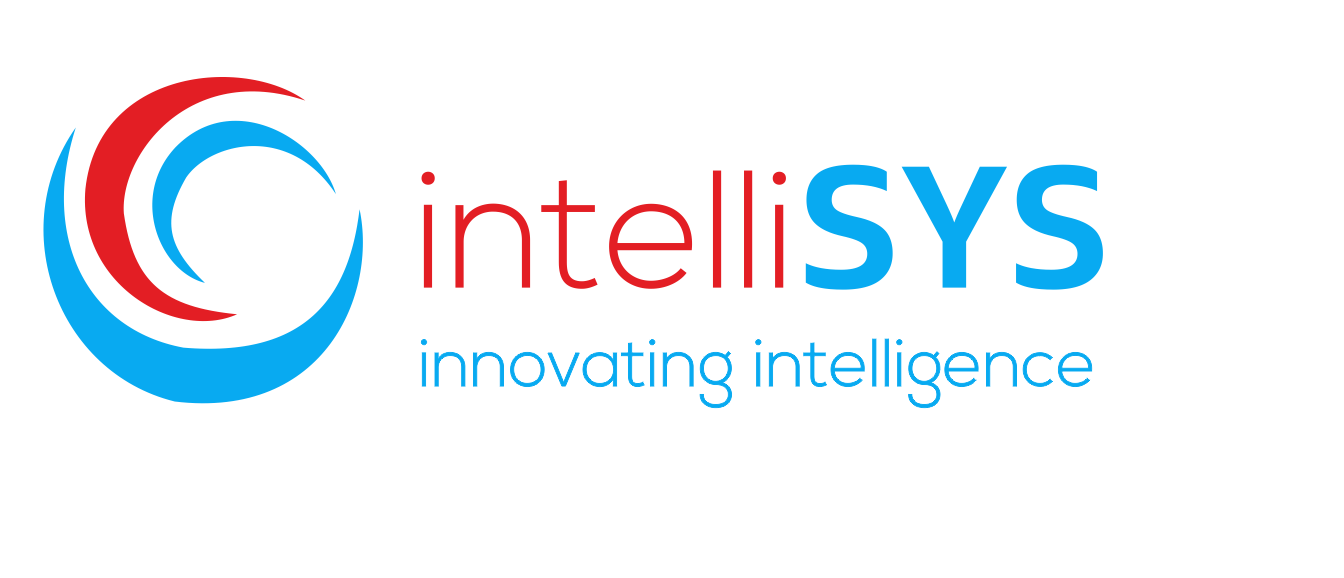The Role of Blockchain in Preventing Financial Fraud
Financial fraud is a growing concern for businesses, financial institutions, and governments worldwide. Traditional methods of fraud detection and prevention often rely on centralized systems, which are vulnerable to cyberattacks, data breaches, and internal manipulation. As digital transactions increase, so does the sophistication of fraudsters who exploit loopholes in the financial system. Blockchain technology has emerged as a revolutionary tool in the fight against financial fraud. By providing a decentralized, transparent, and tamper-proof ledger, blockchain offers a secure foundation for verifying transactions, tracking assets, and ensuring the integrity of financial data. In this article, we will explore how blockchain is transforming fraud prevention and its impact on financial security.

Understanding Blockchain Technology
Blockchain is a distributed ledger technology (DLT) that enables secure, transparent, and immutable record-keeping. Unlike traditional databases controlled by a central authority, blockchain operates on a decentralized network, where transactions are verified by consensus among multiple participants.
Key characteristics of blockchain include:
- Decentralization: No single entity controls the ledger, reducing the risk of fraud and manipulation.
- Immutability: Once a transaction is recorded, it cannot be altered or deleted, ensuring data integrity.
- Transparency: Every transaction is visible to authorized participants, enhancing trust and accountability.
- Smart Contracts: Self-executing contracts with predefined conditions, reducing the need for intermediaries.
How Blockchain Prevents Financial Fraud
Blockchain’s unique properties make it an effective tool for combating various types of financial fraud. Here’s how it is being used in fraud prevention:
- Enhancing Transaction Security
Traditional financial systems rely on centralized databases that can be hacked, altered, or manipulated by malicious actors. Blockchain mitigates these risks by distributing transaction data across a decentralized network, making it nearly impossible for fraudsters to alter records.
Each transaction on a blockchain is encrypted and linked to previous transactions through cryptographic hashing. This ensures that even if a hacker attempts to change one transaction, they would need to alter the entire chain, which is computationally infeasible.
- Eliminating Identity Fraud and Unauthorized Transactions
Identity theft and fraudulent transactions cost businesses billions of dollars each year. Blockchain enhances identity verification by enabling users to store their digital identities on a decentralized ledger.
Blockchain-based identity verification systems use cryptographic authentication methods, such as biometric data and digital signatures, to ensure that only authorized users can access sensitive financial services. This reduces the risk of:
- Stolen credit card information.
- Fake account registrations.
- Unauthorized access to personal or financial data.
- Reducing Fraud in Cross-Border Payments
Cross-border transactions are particularly vulnerable to fraud due to intermediaries, delays, and lack of transparency. Blockchain eliminates these risks by facilitating direct peer-to-peer (P2P) transactions without the need for intermediaries like banks or clearinghouses.
Cryptocurrencies and stablecoins built on blockchain enable real-time settlements with transparent tracking, reducing the chances of money laundering, payment fraud, and chargeback fraud.
- Preventing Double Spending in Digital Transactions
A major concern in digital transactions is double spending, where a user attempts to spend the same digital asset more than once. Blockchain prevents this by using a consensus mechanism that ensures each transaction is validated and recorded on the ledger only once.
Bitcoin, for example, uses a proof-of-work (PoW) mechanism where miners verify transactions and add them to the blockchain, preventing duplicate transactions and fraudulent activities.
- Enhancing Supply Chain Transparency and Fraud Detection
Supply chain fraud, including counterfeit goods and falsified documentation, is a major issue for businesses globally. Blockchain enables end-to-end traceability of goods and financial transactions, ensuring that all data points are verifiable.
- Companies can track product origins, shipping details, and ownership history.
- Smart contracts can automatically verify and approve transactions based on predefined conditions.
- Fraudulent activities, such as invoice fraud and fake supplier accounts, can be detected in real-time.
Challenges and Limitations of Blockchain in Fraud Prevention
While blockchain offers numerous advantages in fraud prevention, there are challenges that must be addressed for widespread adoption.
- Scalability Issues
Blockchain networks, especially those using proof-of-work (PoW), can experience slower transaction processing times compared to traditional financial systems. Scaling blockchain to handle millions of transactions per second remains a challenge.
- Regulatory Uncertainty
Blockchain is still evolving, and regulatory frameworks vary across jurisdictions. Governments and financial regulators are working to develop policies that balance innovation with security and compliance.
- High Implementation Costs
Adopting blockchain technology requires significant investment in infrastructure, training, and system integration. Financial institutions must weigh the cost-benefit analysis before transitioning to blockchain-based solutions.
- Limited Interoperability
Different blockchain platforms operate on separate protocols, making it difficult to integrate systems across industries. Standardization efforts are needed to enable seamless interoperability between blockchain networks and legacy financial systems.
Real-World Applications of Blockchain in Fraud Prevention
Several organizations and financial institutions have already implemented blockchain-based solutions to combat fraud. Here are some notable examples:
- HSBC and Trade Finance Blockchain
HSBC has adopted blockchain technology to enhance trade finance processes. By digitizing trade documents and transactions on a blockchain, the bank has significantly reduced fraud related to fake invoices and duplicated payments.
- JPMorgan’s Onyx Blockchain for Payments
JPMorgan Chase developed the Onyx blockchain to streamline cross-border payments and reduce fraudulent transactions. This blockchain-based payment network enhances security, reduces transaction fees, and minimizes fraud risks.
- Estonia’s Blockchain-Based Digital Identity System
Estonia, a global leader in digital governance, uses blockchain technology to secure its national identity system. Citizens can access financial services, sign contracts, and verify transactions securely without the risk of identity theft.
The Future of Blockchain in Fraud Prevention
The adoption of blockchain for fraud prevention is expected to grow as technology advances and regulatory clarity improves. Key trends shaping the future of blockchain in financial security include:
- AI-Driven Blockchain Analytics
Artificial intelligence (AI) combined with blockchain analytics will enhance fraud detection capabilities by identifying suspicious transaction patterns in real-time.
- Expansion of Central Bank Digital Currencies (CBDCs)
Governments worldwide are exploring CBDCs, which leverage blockchain for secure, transparent digital transactions while reducing fraud in fiat currency systems.
- Integration with IoT and Smart Devices
The Internet of Things (IoT) and blockchain will work together to prevent fraud in sectors such as supply chain, healthcare, and financial services by ensuring secure, tamper-proof data exchanges.
- Increased Regulatory Support and Standardization
As blockchain adoption grows, regulatory bodies will establish clear guidelines for compliance, fraud prevention, and cybersecurity, making blockchain a mainstream financial security tool.
Conclusion
Blockchain technology is revolutionizing the fight against financial fraud by providing a decentralized, transparent, and secure framework for transactions. Its ability to prevent identity theft, eliminate double spending, enhance cross-border payments, and improve supply chain transparency makes it a valuable tool for financial institutions and businesses worldwide.
While challenges such as scalability, regulatory uncertainty, and interoperability remain, ongoing advancements in blockchain innovation and regulatory support will pave the way for broader adoption. As financial fraud continues to evolve, blockchain will play a pivotal role in strengthening global financial security and ensuring trust in digital transactions.
